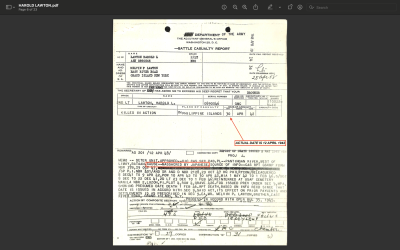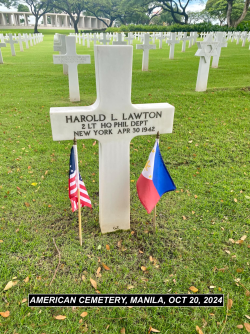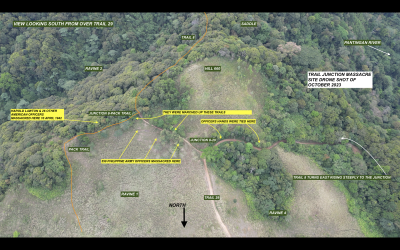You are using an out of date browser. It may not display this or other websites correctly.
You should upgrade or use an alternative browser.
You should upgrade or use an alternative browser.
Molten Lead & Jacket Separation
- Thread starter DMM9623
- Start date
 Help Support Long Range Hunting Forum
Help Support Long Range Hunting Forum
Gary in MD
Well-Known Member
So now, because I called BS on your theories of molten lead/jacket separation and you having no proof, now I don't have any respect for our nation's veterans? ***?
For the record.... I have the utmost respect for all of our veterans - past and present!
I think you came to this forum to troll a little or maybe just pass some time?
Good luck and Good Day Sir!
For the record.... I have the utmost respect for all of our veterans - past and present!
I think you came to this forum to troll a little or maybe just pass some time?
Good luck and Good Day Sir!
Mikecr
Well-Known Member
I don't see how collecting bullets in the ground represents an honoring.
Sounds like a hobby to me, but even if paid to validate battles or something, you should keep that in YOUR box.
This is a hunting forum
Sounds like a hobby to me, but even if paid to validate battles or something, you should keep that in YOUR box.
This is a hunting forum
I was posting such photos until your insulting reply. A few more photos for Gary to consider..... Pay your respects.....So Long...
Laguna Freak
Well-Known Member
I am somewhat fascinated by your quest and assertions. Though I have no knowledge of WW2 bullet core metallurgy, I presume them to likely have near 100% lead content and I have no doubt that a hot rifle could melt such lead cores. I base this presumption on having heard an uncle tell a story of firing a machine gun in battle in Vietnam until the barrel bent under its own weight. He survived and received a verbal reprimand from his CO for his effort.I was posting such photos until your insulting reply. A few more photos for Gary to consider..... Pay your respects.....So Long...
I don't recognize applicability of your findings/assertions to contemporary hunting bullets under game hunting conditions but thank you for taking the time to share in the most appropriate sub-forum on this hunting forum.
You're neglecting two very important sources of heating and cooling of the bullet : compression from firing, and compression on impact.Here's some background info followed by photos. I've been recovering WWII battlefield relics for museums since 1979. I'm currently working a battlefield (1942) that was heavily jungled with tall & mature hardwood trees and thick undergrowth. The fighting was very intense with the U.S. using the .30 cal M1903 Springfield, the M1 Garand and M1919 machine gun. In five trips to the site I've recovered nearly 300 bullets that I've segregated by weight, length, core and shape. I'm providing ballistics and design data on just the the .30 cal. M2 bullet due to it's the only one I've so far positively identified.
I've never ran across such a high density of bullets and further, such a high percentage with ricochet damage. This damage ranges from the nose being bent just a few degrees, up to 90 degrees and beyond. Many have multiple strikes causing flattening or odd shapes. A majority of them are damaged yet retained the entire core, some retained partial core and others are empty. I can only theorize that this was caused by varying degrees of throat & barrel temperature due to varying rates of fire between the three weapons and the length of time the cartridge remained in the chamber.
Looking at the photos will raise other questions. Example, note the two perfectly shaped but hollow jackets. Even the period tracer rounds contained a partial lead core.
I ran across this 2021 thread while researching the physics of ricochet and it seems to explain the mystery of the molten and bare lead cor
My comments and theories are within the images. Apologies for any errors in the data. I'm not a ballistics guy and welcome any corrections. I also welcome questions or requests for more images.
I've worked with enough spilled lead, zinc and steel to recognize the tracks of molten material as it spreads out.
I've had bullets hitting steel that melted on impact, and I recognize molten slag stuck on parts of my steel targets.
Even if a bullet melts within its jacket in flight, the inertia of its spin probably maintains the molten lead, or significantly softened core in the same position. I would speculate you may have a layer of molten lead, and as you continue to the core, different levels of plasticity due to temperature.
All of this can be modeled with Mathcad or Ansys.
Similar threads
- Replies
- 84
- Views
- 8K


